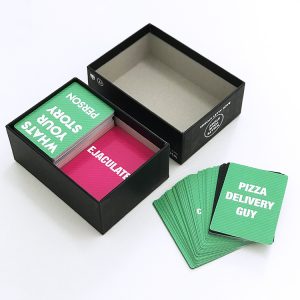
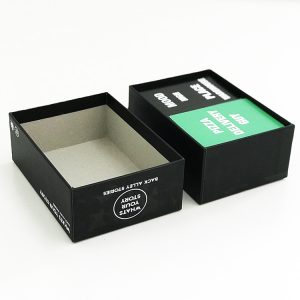
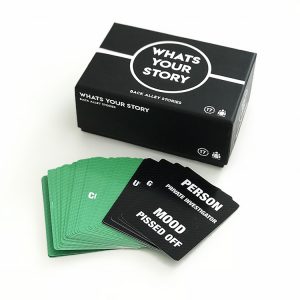
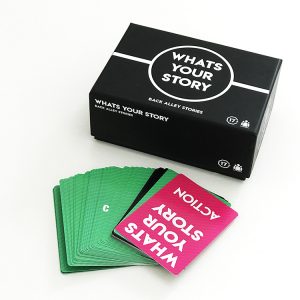
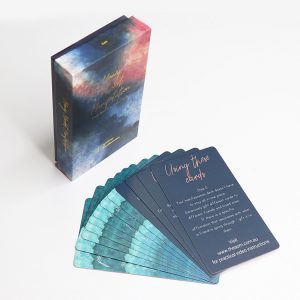
| Material: | Glossy artpaper, corrugated paper, fancy paper, kraft paper |
| Glossy artpaper, paper board, woodfree paper, etc. | |
| Size: | L×W(cm) — According to Customers’ Specific Requirements |
| Accessories: | Magnet, ribbon, string, YO, etc. |
| Color: | CMYK, PMS colors |
| Finishing: | Lamination, hot stamping, embossing, debossing, UV, creasing/ Customized |
| MOQ: | Normally 500 setsFront and Back Both Sides Custom Printed Playing Cards |
| Sample: | 1. Exsisting samples: FREE and could be provided at anytime;
2. New made sample needs sample fee & about 1 week to produce |
| Quotation: | Based on material, size, printing color and finishing |
Playing cards: (Poker)
Playing cards (English: Poker) refers to two meanings: one refers to playing cards; the other refers to games played with game props such as cards, called poker games, such as Texas Hold’em. There are 54 cards in a deck of playing cards, 52 of which are genuine cards and the other 2 are secondary cards (big king and small king).
The 52 genuine cards are divided into groups of 13 and each group is represented by four suits of spades, hearts, clubs, and diamonds. The cards of each suit include 1-10 (1 is usually expressed as A) and J, The 13 cards marked by Q and K have ever-changing gameplay and multiple gameplay methods, such as the typical gameplay “Fighting the Landlords”.
Card points:
The four colors are spade ♠ (spade, also known as sunflower fan), heart ♥ (also known as red peach), plum blossom ♣ (club, also known as grass flower), diamond ♦ (diamond, also known as brick or square piece, The Sichuan-Chongqing area is called “Ba Pian”). Spades and clubs are black, the other two are hearts and squares are red. There are thirteen cards in each suit, with numbers from one to ten, with English letters J, Q, and K. The number of cards from one to ten is represented by the number of suits and patterns, while J, Q, and K are represented by head cards.
There are many ways to say why these four patterns are used as the suits of playing cards.
There are two more concentrated statements:
One said that these four colors represented the four main industries of the society at that time. Among them, spades represented spears, symbolizing soldiers; plum blossoms represented clover flowers, symbolizing agriculture; squares represented bricks and tiles used by artisans; hearts represented red hearts, symbolizing Priest.
The other is that these four colors are derived from the patterns of artifacts used in ancient European divination. Spades represent olive leaves, symbolizing peace; plum blossoms are clover, which means luck; squares are in the shape of diamonds, symbolizing wealth; and hearts are red hearts. Type, symbolizing wisdom and love.















